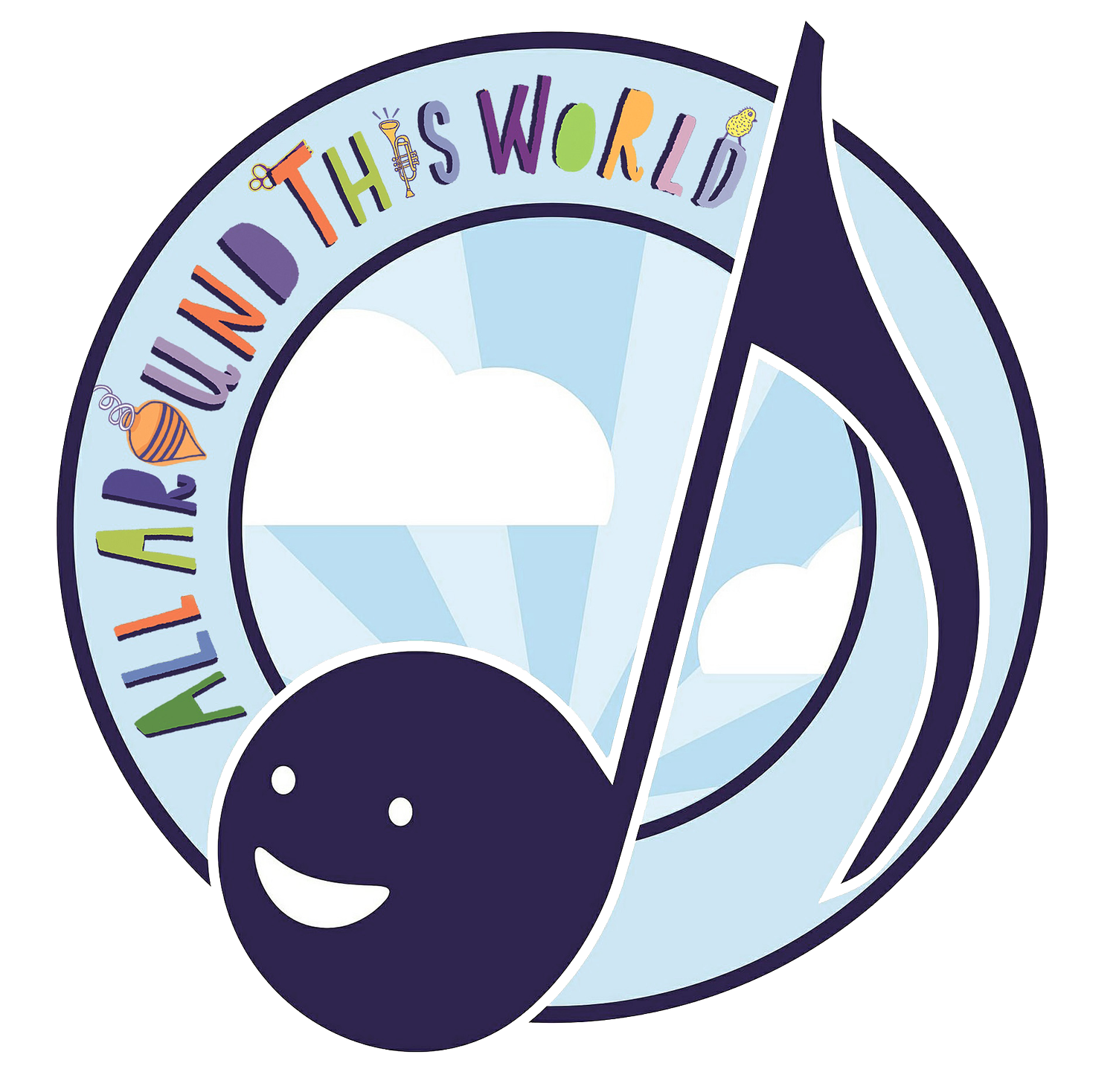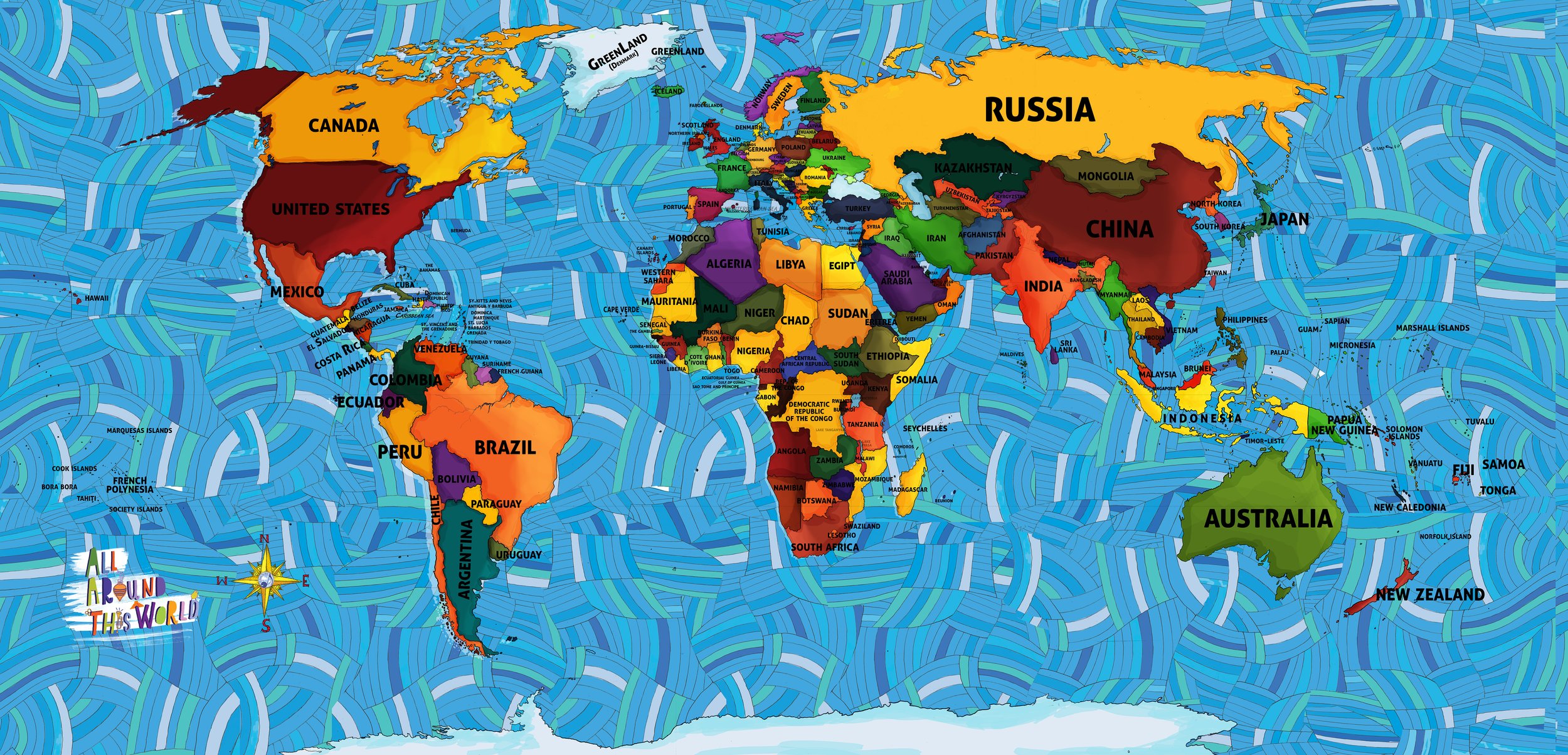THE CARIBBEAN MARTINIQUE
This week we travel to the “Lesser Antilles.” (Don't let the islands hear you call them that. They may get a complex.) Unlike nearby St. Lucia, which is a sovereign nation that's part of the British Commonwealth, Martinique is an “insular region” of France, meaning it is officially one of the eighteen regions of France and therefore technically part of the European Union. Despite these political dissimilarities St. Lucia and Martinique share much in the way of culture and also the Antillean Creole language.
Martinique's first inhabitants were Arawak people who came to the island about 100 C.E., got chased out (or worse) by the volcanic eruption of Mount Pelée in 295, came back, then got chased out (or worse) by Carib people who came in about 600. Christopher Columbus landed on the island in 1502 and "claimed it" for the King. The French colonized Martinique in the mid-1600s, built sugar plantations, brought enslaved Aricans and started to make money. When the British captured Martinique in the mid-1700s, the French thought Martinique, and its sister island Guadeloupe, were so valuable that they traded them to the British for the entire land mass of Canada. (whoops.) Over the next several decades the island changed hands several times between the French, who would abolish slavery when they would take charge, and the British, who would reinstate it.
The French eventually got Martinique back and kept it, supporting it through several natural disasters like earthquakes, hurricanes and another massively destructive eruption of Mount Pelée, in 1902. Today, Martinique isn't an independent nation; rather it's an "overseas department” of France with French as its official language and the Euro as its currency.
IN CLASS WE…
EXPLORE THE CARIBBEAN WITH…
-

-
DANCES, HOLIDAYS AND FUN!

THE CARIBBEAN
ALL AROUND THIS WORLD’S SONGS AND LESSONS
Click on the map to meet any region of the world.



